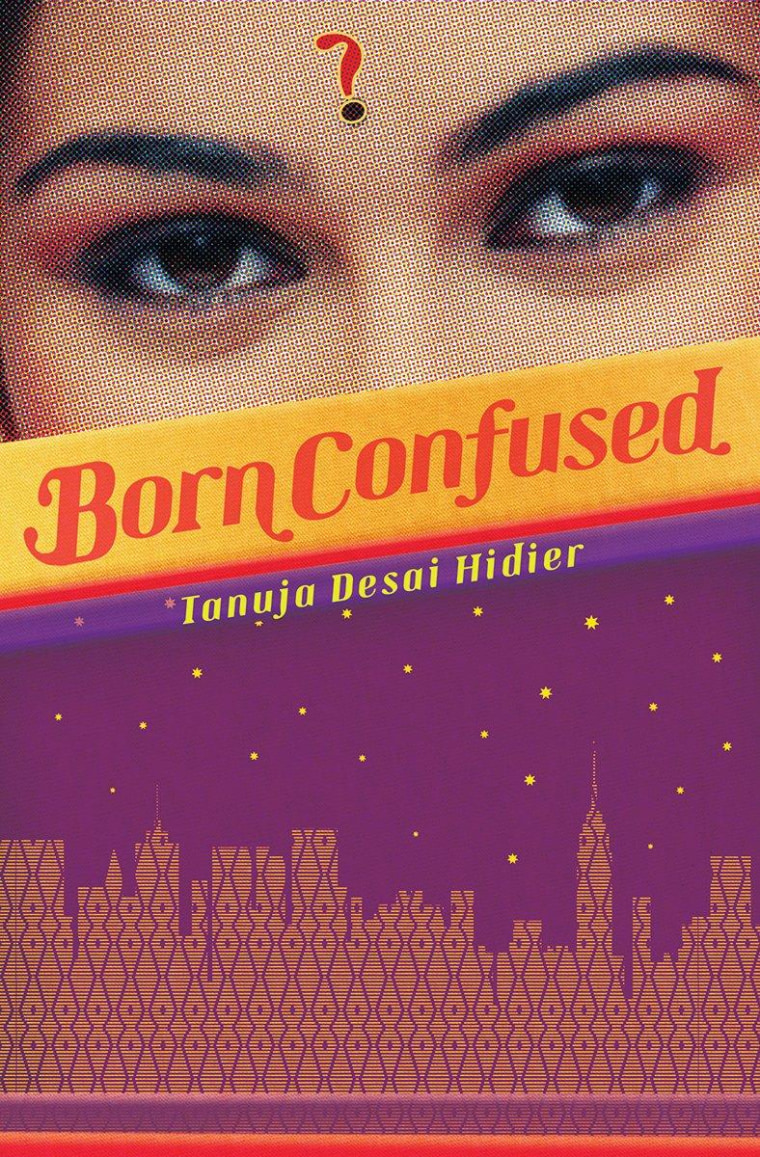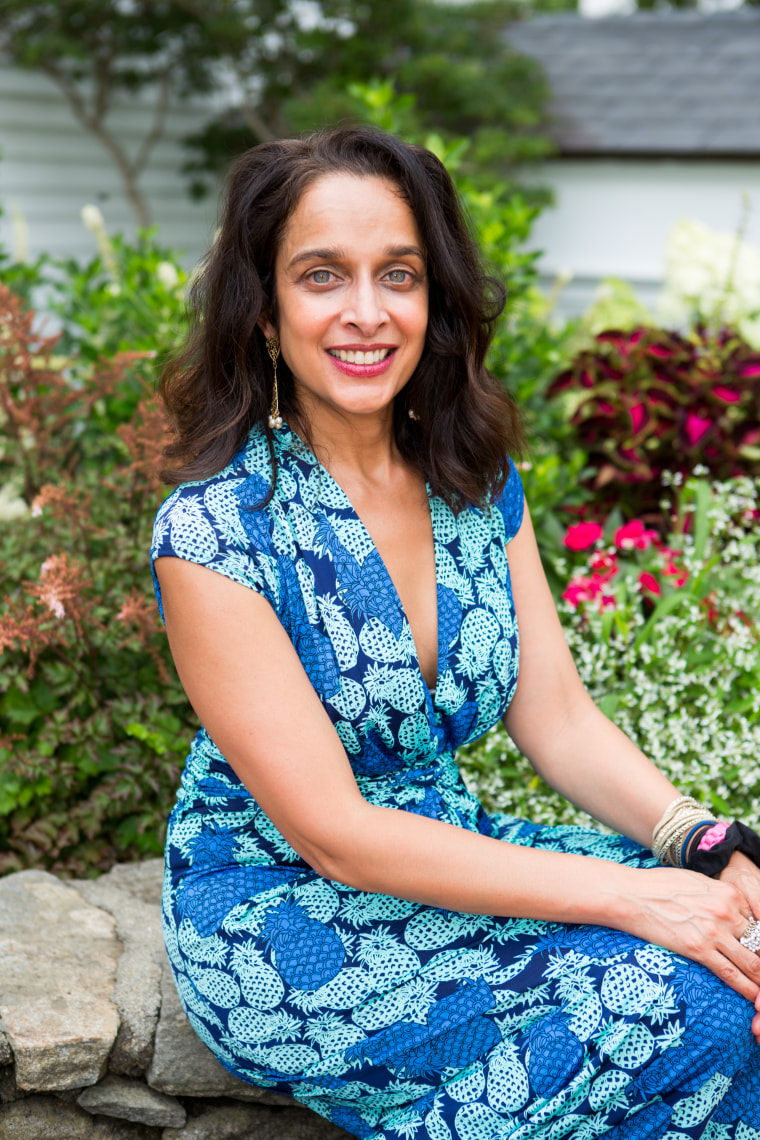A decade and a half after it was first released, “Born Confused” continues to leave a lasting impression on its readers.
The 2002 young adult novel by Tanuja Desai Hidier centers on Dimple Lala, a teen from suburban New Jersey who is figuring out adolescence while navigating dating, body image struggles, and the traditions of her Indian immigrant parents.

The story put an Indian-American girl in the fictional spotlight at a time when few books in the genre featured Asian-American teens. Several of the novel's readers have now published their own novels featuring diverse characters and have said the book greatly impacted the way they write.
Young adult novelist Sandhya Menon said she first read the book relatively recently but was struck by its timeliness. “I thought, ‘Why didn’t I know about this book?’ But back then, they relegated diverse books to a ‘multicultural’ corner,” said Menon, who released her novel “When Dimple Met Rishi” in May. “I think that ‘Born Confused’ is like the flagship for other South Asian young adult novels.”
“Ultimately, 'Born Confused' is a coming of age story,” Desai Hidier, the author of "Born Confused," told NBC News. “Of a person, a family, a culture, a city, a world. It’s a story for anyone. And perhaps that’s why it’s one that — thankfully, wonderfully — seems to resonate still. Because no matter our age, background, sexuality, gender, we never stop coming of age.”
Desai Hidier said that the title is a play on the sometimes-not-flattering term "American Born Confused Desi," which is often used to refer to the children of South Asian-American immigrants.
“I felt very at home at home. Outside our home, however, I sometimes felt not fully Indian, nor fully American."
“I felt very at home at home,” Desai Hidier said. “Outside our home, however, I sometimes felt not fully Indian, nor fully American. It wasn't until I got to university that I heard the term ABCD, and directed at me, by university friends from Pakistan and India.”
The author said that she instantly had mixed feelings about the term. “I wanted to rewrite that alphabet,” Desai Hidier said. “Redefine the C for Confused into one for ‘creative,’ through Dimple’s journey.” Stressing creativity, Desai Hidier added, “seemed to me to be a more accurate version to describe the second generation South Asians who peopled my world."
As she was writing, “a lot of memories began to rise to the surface,” Desai Hidier said, referring to her childhood in suburban Massachusetts. Those included ones of watching her mother make her father stop eating with his hands and instead use cutlery when friends or neighbors would ring the doorbell.
There were also recollections of “all those Halloweens I dressed up like an Indian girl,” Desai Hidier recalled. “Or what I thought an Indian girl would dress like. In a way, this sums up Dimple’s dilemma [of] feeling not quite Indian, not quite American.”

Desai Hidier’s fictional Dimple also loves photography and fully embraces her creative nature, even when the South Asian immigrant community does not fully understand it. Desai Hidier said she relied heavily on both her own experiences and those of her fellow artists in New York City’s emerging South Asian creative scene of the 1990s. It “was an incredible moment in terms of the subculture’s gaining of critical mass and momentum,” Desai Hidier said.
Having a character that represented the LGBT community was particularly important to Desai Hidier, she said. That’s what led her to write Kavita, an ambitious and bright aspiring med student who was also a lesbian. “Kavita also provided a great opportunity to discuss notions of ‘Indianness’ [and] of ‘femininity,’” she said. “She provided an opportunity to dismantle stereotypes. To show that this sense of tradition does not have to be at odds with her same-sex relationship, her other life choices.”
For “Born Confused” fans who came of age in the early 2000s, Kavita was also a revelation. "I wasn't even aware of my own identity yet," novelist SJ Sindu, whose book “Marriage of a Thousand Lies” was released earlier this year, told NBC News. "But for some reason my high school in South Dakota had it in the library. I read it and it was mind shattering to see a young South Asian woman's life reflected like that."
Desai Hidier said now that she has heard similar sentiments from readers in the years since the book’s original release, particularly about the characters’ search for identity.
“‘Born Confused’ is a story not so much about fitting in—but about loving the parts that don't fit,” she said. “Or more so, seeing that this ‘container’ we are supposedly meant to squeeze ourselves into doesn't exist. We are bigger than boxable, abundant beyond labels.”
Follow NBC Asian America on Facebook, Twitter, Instagram and Tumblr.